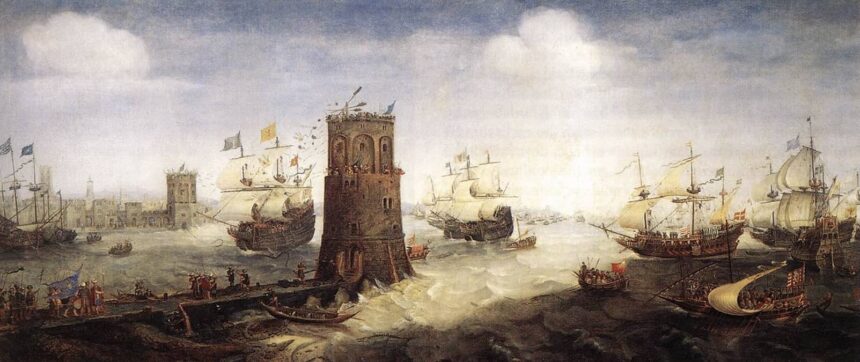Fifth Crusade (1217-1221)
The Fifth Crusade (1217–1221) was an effort by European Christian forces to reclaim the Holy Land from Muslim control, focusing particularly on Egypt, which was seen as the key to conquering Jerusalem.

The Fifth Crusade (1217–1221) was an effort by European Christian forces to reclaim the Holy Land from Muslim control, focusing particularly on Egypt, which was seen as the key to conquering Jerusalem.

